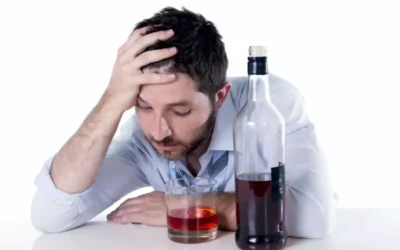How to Break the Addiction Cycle
Content
- Breaking the Cycle of Addiction Through the Generations
- Families and Addiction: Learning to Break the Cycle
- What Are The Stages of Addiction?
- Tips for Breaking the Cycle of Addiction
- If you are ready to end your cycle with addiction
- My patients fuel their cravings every time they smoke a cigarette, setting up an endless cycle of smoking.
- How to End the Cycle of Addiction in Your Family
Frequent and controlled use changes to chronic misuse and interferes with their daily routines, such as work, caring for children or going to school. Share your concrete goals with supporting friends and family members. Discuss how you plan to achieve each goal, as well as any issues you might struggle with. This is also a good time to develop a social network of sober peers if you don’t already have one.
Because this stage of addiction also worsens the overall quality of life due to alcohol or drug dependency, mental health often worsens at this stage as well. It can become harder to hold a steady job, which can create problems in all facets of life. Moreover, the motivations to use drugs and alcohol can determine the overall danger during this stage of addiction.
Breaking the Cycle of Addiction Through the Generations
Breaking the cycle of addiction is hard, not just for the addict, but for those that love him or her too. But eventually, with the right help and support, it is possible to reach a point where enough is enough and the family learns healthy and appropriate ways to interact, regardless if the addict gets better. Some people are more habit-resistant than others, and some habits are harder to make than others. Healthy habits are just like any other habit, they require investment, effort, and routine. Basically, healthy habits will change your life and are worth whatever effort it takes to build them into a routine. This was an average of a number of days ranging from 18 to 254 days (Lally).
Basic groups provide general information about alcohol-related problems and are open to any child who wishes to attend. COA-specific groups concentrate on alcoholism in the family and strategies for coping. A recent revision of SMAAP (Short et al. 1995) attempts to correct children’s misconceptions about alcohol (Brown et al. 1987; Mann et al. 1987). These groups are readily identified and contain a large percentage of COA’s.
Families and Addiction: Learning to Break the Cycle
Parental and family training are promising areas that have been shown to reduce child and adolescent risk factors (Dishion and Andrews 1995; Webster-Stratton et al. 1988). Comprehensive community programs that target social norms regarding AOD’s are another promising, yet underutilized, area. The Strengthening Families Program (SFP) provides training for parents, children, and families. Sessions for parents how to break the addiction cycle focus on AOD education, communication skills, and the use of reinforcement and other techniques to guide children’s behavior. The children’s social skills program includes sessions on feelings, anger management, problem-solving, communication, peer resistance, and AOD information. The family component provides the opportunity for families to practice their skills through structured play sessions.

These results suggest that mixed groups of COA’s and non-COA’s may be a valuable option for reaching and helping children from alcoholic families (DiCicco et al. 1984). The basic SFP for 6- to 12-year-olds has been modified for a variety of cultural groups, including rural and urban African-Americans, Hawaiians, Hispanics, and rural preteens (Kumpfer et al. 1996). Evaluation studies showed that the basic program with minor cultural revisions was more effective than a substantially revised program.
What Are The Stages of Addiction?
While it’s good to articulate that you want to quit, truly committing to making such a substantive life change requires hard evidence. Sit down and spend some time making a list of all the reasons you have to quit. It may provide temporary relief, but at a considerable long-term cost.

Sufferers of childhood trauma are also 1.5 times more likely to develop severe obesity or patterns of physical inactivity. Many people with a family history of substance abuse stay away from any type of substance altogether. Knowing the temptation and the risk of addiction is enough for some people to not even be around alcohol at all.
Tips for Breaking the Cycle of Addiction
The process through which addiction forms may differ from one person to another. Staying clean or sober is a significant struggle for individuals who undergo substance abuse treatment. Those who’ve tried to quit on their own understand how difficult it is to overcome this addiction stage.
- In therapy and treatment, you can learn from your parents’ mistakes, find healthier ways to cope with your feelings, and mold a new fulfilling life in recovery.
- A life where you have a family who loved you, a job that you liked, and friends that are not shoving needles in their veins?
- Contact us today for more information on our programs, or contact us online.
They can also learn about actions that may contribute to the problem, such as enabling the substance user by pretending the problem doesn’t exist. Group therapy helps individuals see they’re not alone in their struggles. Groups led by therapists are safe spaces where members can feel comfortable sharing their experiences and learning from others.